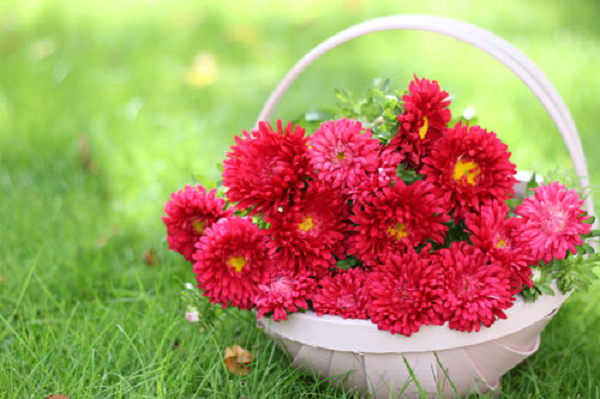Aster (Latin name Aster) is both an annual and perennial, herbaceous plant of the Aster family, or Compositae, numbering from 100 to 600 species, most asters grow in North and Central America.
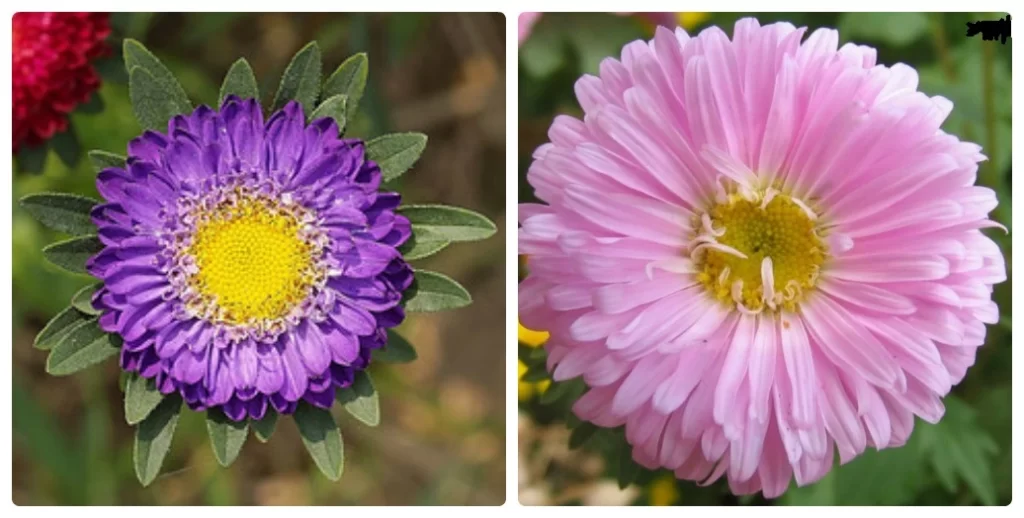
Asters bring a wonderful color to your garden in late summer and early fall, they are a great change to summer flowers that are about to bloom. The height of the plant varies from 10 to 50 centimeters, depending on the species. You can find asters in almost any garden. They have many applications, both in groups and in single plantings of curbs, borders, rockeries or as decoration for balconies and terraces.
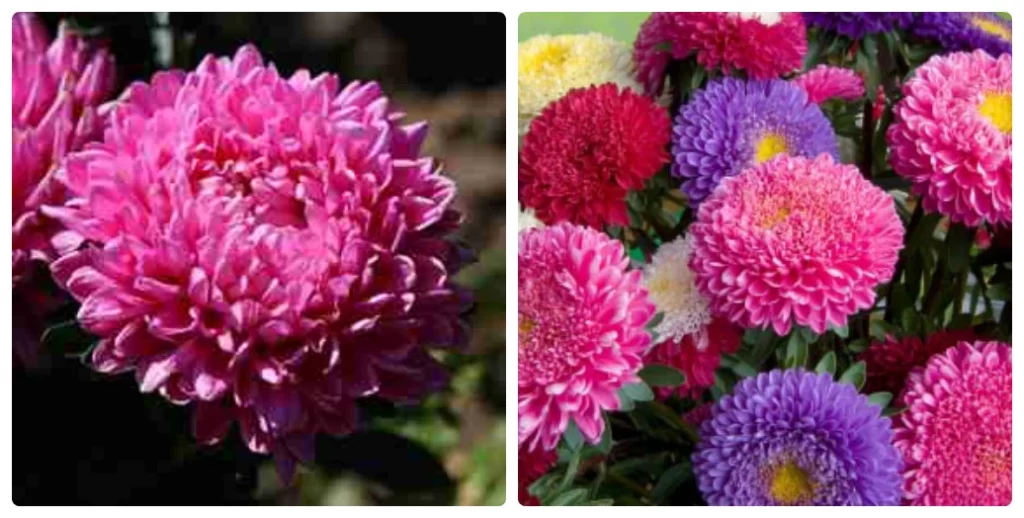
Reproduction of asters
Propagated aster annual seeds, and perennials – by dividing the bush bush. Asters prefer a climate with cool, humid summers, especially fond of lowering night temperatures. Choose a sunny or semi-sunny place to sow the seeds. The soil should be moist, well-drained, moderately enriched fertilizer.

Asters are sown in the soil in early April, you can admire their flowering in July. For earlier flowering should be sown in greenhouses or on windowsills – late February – early March. Sow seeds to a depth of 2 centimeters.
After the appearance of 3-4 true leaves, the seedlings dive into single pots, after 7 days should be fed, and then every two weeks to better develop and strengthen the root system, which will ensure rapid acceptance of the flower.
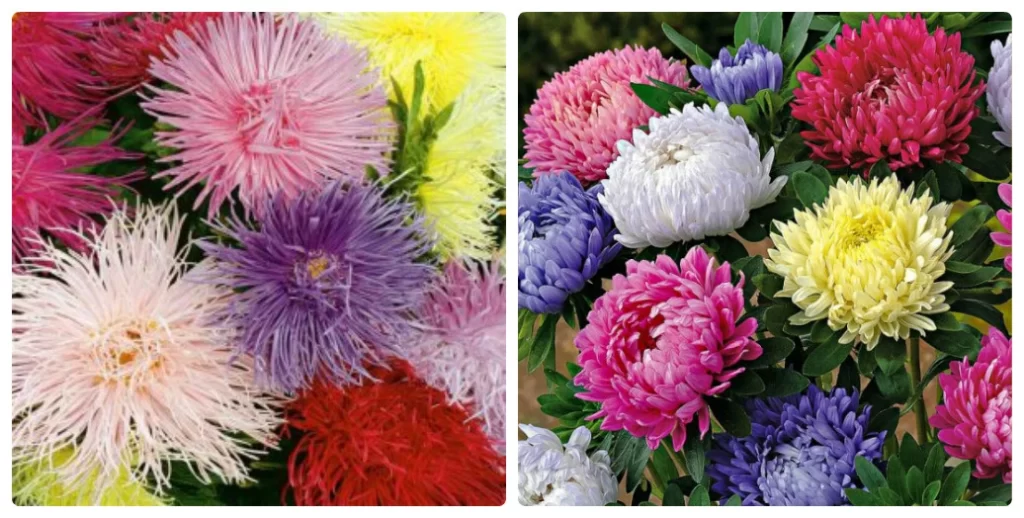
Planting asters
It is better to plant in open ground in the evening, only after the threat of frost, at a distance of 10 to 20 centimeters, depending on the type of aster. Before planting directly into the ground, weed, level, dig, enough to a depth of 10 centimeters, moisten the ground. Dig small holes, water and plant our seedlings, sprinkle with earth, ramming around the plant. When the aster is planted, fertilize regularly (every 3 weeks), weed, water, it grows and grows and additional twigs begin to appear, flower buds at this stage must be fed, pruned, watered and, if necessary, set the support for the plant depending on its type. Our aster blossomed and began to please the eye, do not forget to remove the dried flowers.
At first glance, it is very easy to grow asters, but there are cases when problems begin with sowing seeds. The seeds may not germinate or germinate poorly.
In this case, it is better to start all over again: buy new and unexpired seeds, pay special attention to the soil, use soil for flowering or for seedlings.
Diseases and pests
Fusarium wilt is the main and most common disease for asters (asters should not be planted in places where they used to grow: potatoes, tomatoes, cloves, gladioli and tulips, it should take about 4 years after planting these plants). This disease is caused by a fungus of the genus Fusarium and appears in an adult plant – the flower suddenly weakens, turns yellow and withers. There are no drugs to treat this disease yet. Alternately plant asters with other plants, so that the so-called – cultural change in the area. Diseased plants must be uprooted and burned so that the disease does not spread to other plants.
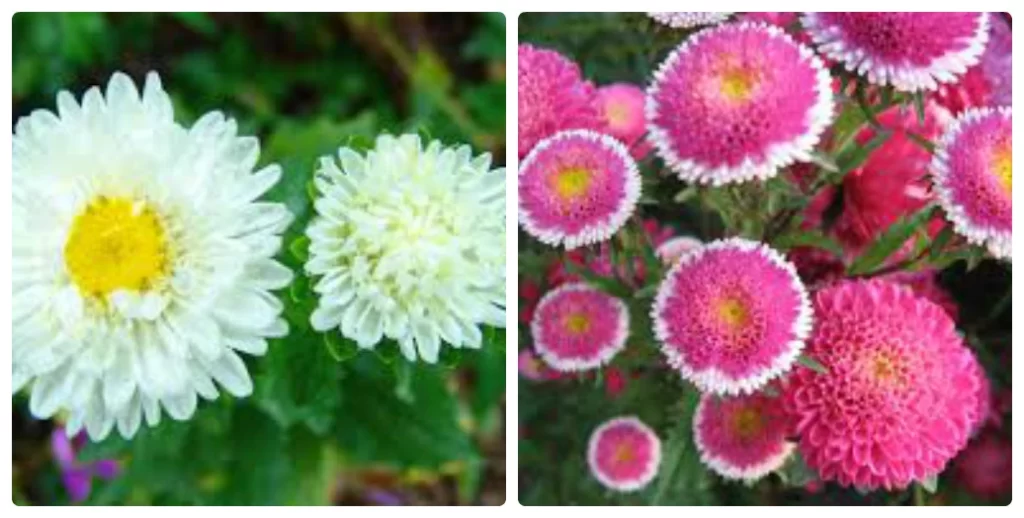
There is also another fungal disease – blackleg, which is manifested by blackening of the lower part of the plant and rot of the root system. The reason for this is acidic soils.
How to deal with blackleg? You need to remove already infected plants, make a soil neutralizer or extinguish the soil with a weak solution of lime, sprinkle sand around the flower.
Another threat is pests such as spider mites and aphids. If the pests are infested, you will have to deal with them or chemicals or folk remedies. Spider mite is destroyed by a solution of carbophos, phosphamide.
Snails that can damage your flower garden are destroyed mechanically (by picking), or using the drug metaldehyde, or spraying plants with fundazole.
Care after flowering
One-year-old aster is dug up and burned, perennial aster is pruned, if necessary, planted and covered with dry leaves, earth or branches for the winter.

